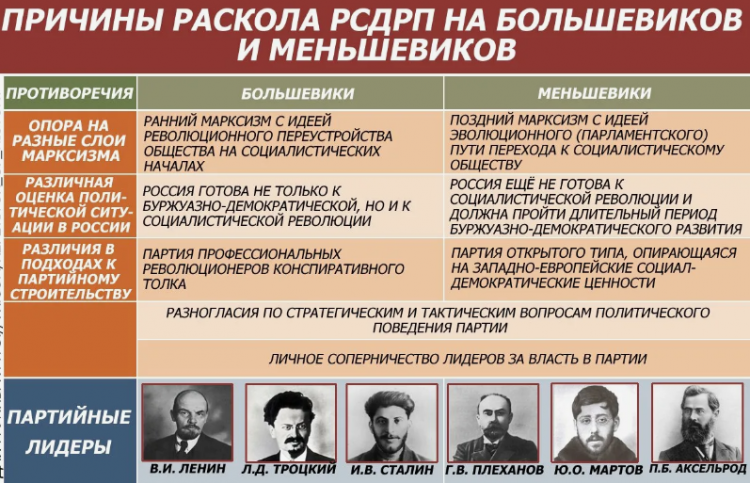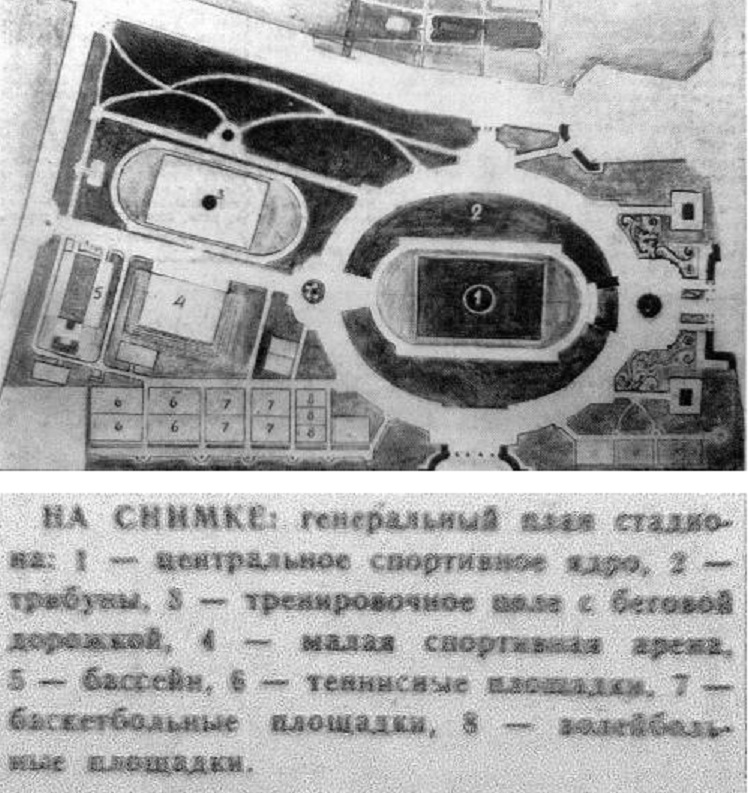The Kyrgyz in 1918
The unification of the city council in Pishpek and in other cities of the country with the district executive committees was explained not only by the desire to eliminate parallelism in work or the wish to simplify the structure of power in the city, but also as a manifestation of a certain limitation of the independence of the city council. In most cases, city councils did not have their own budget and did not possess the necessary fullness of power. Meanwhile, under the conditions of revolutionary restructuring, they faced the pressing tasks of restoring the economy and creating and strengthening the economy on a socialist basis.
Meanwhile, the functioning of the district-city executive committee was unstable. From the end of 1919 to the beginning of 1923, when the military-political situation in the district often complicated, it was frequently replaced by the district-city revolutionary committee, and the forms and methods of work of the district, volost, and rural revolutionary committees mainly took the form of combat orders, the execution of which was strictly mandatory. The revolutionary committees concentrated civil and military power in their hands.
The introduction of an extraordinary authority was related to the fact that in the early years of Soviet power, land seizures from the local population by colonizing elements in the vicinity of Pishpek district continued. They had economic power and influence over social and political life.
In March 1918, the kulaks of the Belovodsk volost seized money from the Kyrgyz population, and there were land grabs from the Kyrgyz of the Uzungar volost of the first and ninth ails. The Cossacks of the Nikolaevka stanitsa unlawfully occupied the village of Marinovka, which belonged to the Dungan population, who fled abroad during the uprising of 1916.
The Kyrgyz who returned from Western China after the revolution were deprived of the opportunity to settle in their former places. Exhausted and worn out, they submitted a series of petitions for resettlement on their ancestral lands. In early March 1918, several thousand sheep were driven away from the Kyrgyz of the village of Shamsi by the Cossacks of the Kegetin stanitsa. In response to the demand of the Pishpek district-city council to return them, the Cossacks stated that they did not recognize Soviet power. A Red Army detachment sent on March 7, 1918, disarmed the Cossacks and returned the sheep to the Kyrgyz.
In the questionnaire of the Pishpek district-city executive committee dated September 2, 1918, it was indicated that armed kulak elements were committing outrages in some villages: “... especially against the Kyrgyz population, for example, in the Asha-Bulak area, 56 Kyrgyz of both sexes aged from 2 to 80 years were killed, cattle, sheep, and horses were driven away, and all their property was plundered; such cases are often repeated.
The situation of the indigenous population continued to be deplorable. In the report of the People's Commissariat for Nationalities of the Turkestan ASSR for 1918, it was reported that “in many cases, the Kyrgyz driven from their native places — whole auls remained without land, without gardens, without shelter. Of course, under such conditions, there could be no question of peaceful coexistence between the aggrieved Kyrgyz and the new arrivals (from Russia — M. Zh.).
Hostility was constantly fueled by the desire of the settlers to exploit the Kyrgyz who had fallen into a state of distress.”
Regarding the situation of the Kyrgyz, the organ of the Central Executive Committee of the Turkestan ASSR (“Izvestia” Tashkent, November 2, 1919) wrote: “... the old antagonism of the Kyrgyz towards the Russian newcomers does not cease for a moment because the wounds and sores of the tsarist past have not healed, as the kulaks of reality renew them; truly Soviet life, from which they expect help, has not yet arrived. The land issue, which served as a direct reason and is currently a driving force of the distrustful and hostile attitude of the Kyrgyz towards the European population.”
A large group of participants in the 1916 uprising from Pishpek addressed a letter to the head of the Soviet state. It stated, in particular: “... We ask you, Comrade Lenin, not to refuse the following: 3. Immediately send engineers to allocate land to all, in 1920, starting with the indigenous inhabitants, and allocate land to the others after them as much as possible and gradually.
Presenting all that is outlined here to you, esteemed Comrade Lenin, and in your person to the highest authority of the Russian Socialist Republic, we firmly believe that now our voice will be heard, that a path to freedom and development will open for us, and the previously dispossessed Kyrgyz proletariat will finally enter as a smaller, but equal brother into the great family of revolutionary Russia.”
Suppression of the uprising in Pishpek













































